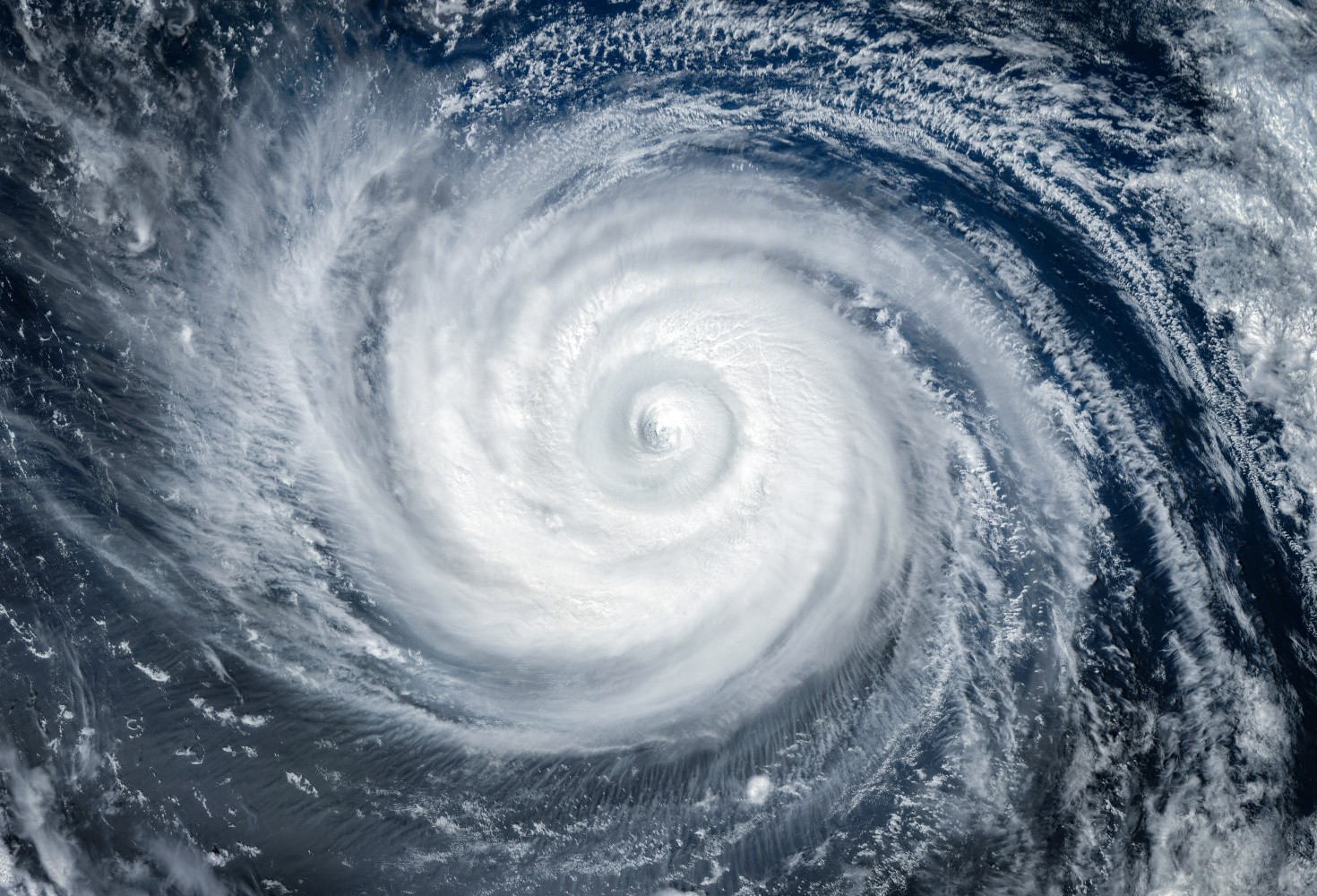
Heavy Rain, Flooding, and Chance of Severe Weather Staring Down the Southern U.S.
January 22, 2024
Posted: October 30, 2023 8:17 am





Just days after a deadly Category 5 hurricane unleashed across the southwestern coast of Mexico, the country is bracing for another potential strike in the same general area. Here is a look at what is happening in the East Pacific and how it may impact Mexico once again.
Another Tropical Feature in the Works Behind Otis
It did not take long for Hurricane Otis to explode last week, undergoing the process of rapid intensification and slamming into Mexico as a potent Category 5 monster. At least 39 deaths have been blamed on Otis as local officials still sift through the rubble left behind in the storm’s wake. Government leaders have also confirmed that about 80% of the city of Acapulco’s hotels sustained some degree of damage.
This same corner of Mexico is once again on high alert as meteorologists monitor a feature that has crossed over Central America and into the East Pacific after coming together in the western Caribbean. The moisture accompanying this weather maker could easily turn into a named tropical storm and potentially take a similar journey as Otis and Norma did over the last few weeks.
The latest satellite imagery indicates that a cluster of rain showers and thunderstorms is churning about a few hundred miles southwest of Guatemala. This part of the basin is sporting all of the necessary ingredients for tropical weather formation, including sea surface temperatures that are hovering in the 80s. Minimal amounts of wind shear in the region are also helping to encourage the system to strengthen.
The combination of warm ocean waters and low wind shear also laid the groundwork for Otis to transition from a tropical storm to a Category 5 hurricane in a time period of just 12 hours. Otis was packing maximum sustained winds of 165 mph when it made landfall early Wednesday near Acapulco.
Next Storm for East Pacific Will be Called Pilar
Should this latest feature take on tropical characteristics, it will go by the name of Pilar. The system is predicted to move across the ocean in a path that would take slightly to the south of where Otis came onshore. However, there is still plenty of time for the models to change direction.
The current forecast indicates that the feature will jog around the East Pacific before turning to the east beginning early in the week. This would take it toward the coast of Nicaragua or the southern tip of Mexico. There is also still a chance that steering breezes in this part of the ocean could take the feature away from land and into the open waters.
Forecasters are warning that should the feature make landfall, it will likely bring heavy rain, strong winds, dangerous storm surge, flash flooding concerns, and mudslides. Coastal impacts could hit as far south as Nicaragua while reaching as far north as the Chiapas state of Mexico.
Climatologists Warn Hurricane Otis Was a Sign of a Growing Climate Crisis
Meanwhile, hurricane experts are cautioning that Otis’ behavior last week is yet another sign of the growing climate crisis. What was most dangerous about Otis was the way that it was able to strengthen just prior to landfall, catching most people off guard and giving residents little time to take the necessary precautions.
Otis is now distinguished as one of the most rapidly growing storms in history. Wind speeds jumped by 115 mph in just 24 hours, a testament to the available fuel circulating in this part of the basin. Otis was able to harness the warmer than average ocean water temperatures to grow into a potent storm. The National Hurricane Center (NHC) estimates that the ocean water temperatures were about 88 degrees at the time.
The presence of the El Niño phase is also sending ocean temperatures higher, combining with the ongoing climate crisis to create the necessary conditions for storms to take root and strengthen. For instance, tropical storms typically take a few days to organize and grow into hurricanes. Otis’ remarkable period of rapid intensification is another reminder that the climate crisis will continue to support these events happening with more frequency.
This trend is not limited to the East Pacific. Recent data also demonstrates the trend happening across the Atlantic Ocean. A study found that hurricanes spinning in the Atlantic are now twice as likely to grow from Category 1 storms into Category 3 events in 24 hours than they were between the years 1970 and 1990.
While rapid intensification has been challenging for scientists to understand, it is clear that the warmer ocean waters are contributing to this process happening more frequently.

January 21, 2024

January 19, 2024

January 18, 2024